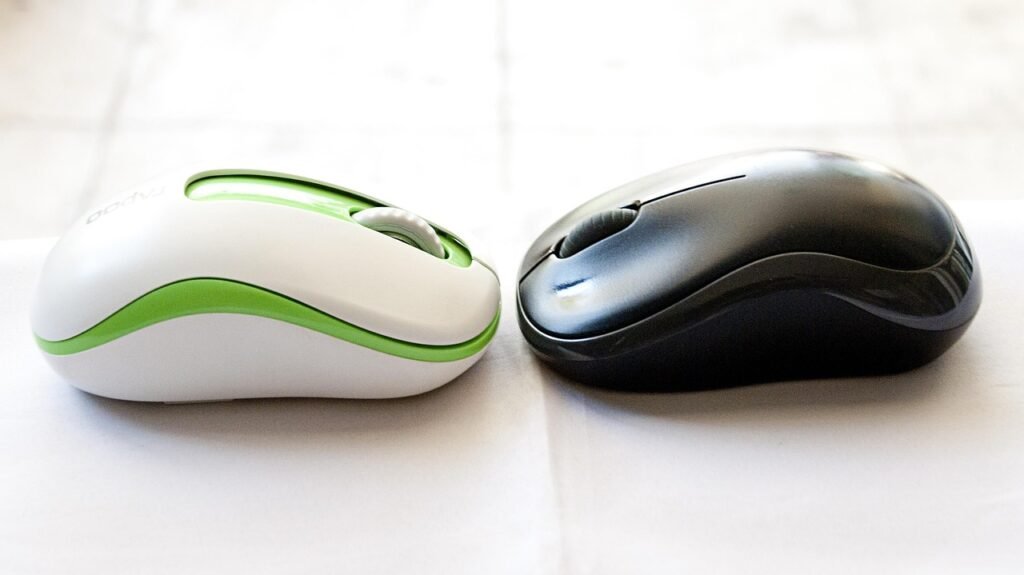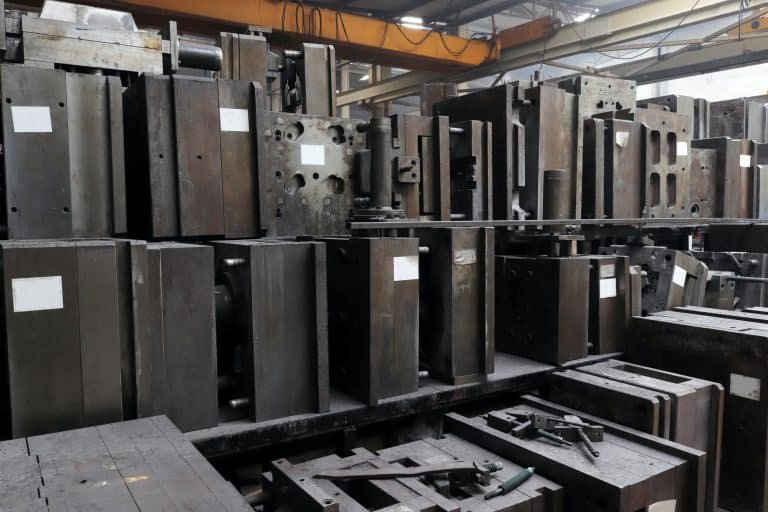Injection mold polishing is a critical step in manufacturing high-quality plastic components, directly influencing surface finish, product aesthetics, and functional performance. From automotive parts to consumer electronics, the precision of polishing techniques determines not only mold longevity but also reduces defects like flow marks or sinkage. This article dives into key factors—such as material selection, heat treatment, and advanced polishing technologies—that ensure flawless mold surfaces. Master these practices to elevate product value and streamline production efficiency.
Three main factors affect the polishing effect of injection molds:
1. Die Steel Quality: Foundation for Injection Mold Polishing
Uneven surface hardness or differences in characteristics often lead to polishing difficulties. Various inclusions and pores in steel are not conducive to polishing.
2. Heat Treatment Optimization for Polishing Durability
Heat treatment will affect the polishing properties in many ways. Due to the increase of carbon content on the surface of surface-hardened steel, its fine structure is not conducive to polishing. Because of the increase of small oxide particles on the steel surface, polishing is difficult. The carburization or decarburization of the steel surface will change the hardness and cause difficulties in polishing.

3. Advanced Polishing Technologies for Injection Mold Precision
Influence of different hardness on the injection mold polishing process. The hardness increases the difficulty of grinding, but the finish after polishing increases. As hardness increases, the polishing time required to achieve a higher finish increases. At the same time, the hardness increases, and the possibility of excessive polishing is correspondingly reduced.
Different from the impact of steel on polishing technology, the grinding process used for stainless steel die steels is also slightly different due to their extremely high surface finish. Grind the surface as fine as possible before polishing. It is important to stop the operation immediately after the last polishing mark has been eliminated during polishing.
If you are interested in how to polish injection molds, please browse this article.

3 Mechanical Polishing Tips for Flawless Mold Surfaces
(1) Polishing with sandpaper requires the use of soft wooden or bamboo sticks. When polishing a round or spherical surface, the use of a cork rod can better match the curvature of the round surface and the spherical surface. The harder wood strips, like cherry wood, are more suitable for polishing the flat surface. Trim the end of the strip to keep it in line with the surface shape of the steel, which can avoid deep scratches caused by sharp angles of the strip (or bamboo strip) touching the steel surface.
(2) When changing to different types of sandpaper, the injection mold polishing direction should be changed by 45°~ 90° so that the striped shadow left after polishing the previous type of sandpaper can be distinguished. Before changing different types of sandpaper, the polished surface must be carefully wiped with a cleaning liquid such as 100% pure cotton dipped in alcohol because the small gravel left on the surface will destroy the entire polishing work. This cleaning process is equally important when switching from sandpaper polishing to diamond abrasive paste polishing. All particles and kerosene must be completely cleaned before polishing can proceed.
(3) To avoid chafing and burning the surface of the workpiece, special care must be taken when polishing with #1200 and #1500 sandpaper. It is, therefore, necessary to load a light load and polish the surface using a two-step polishing method. When polishing with each type of sandpaper, it should be polished twice in two different directions, turning 45° to 90° each time between the two directions.









